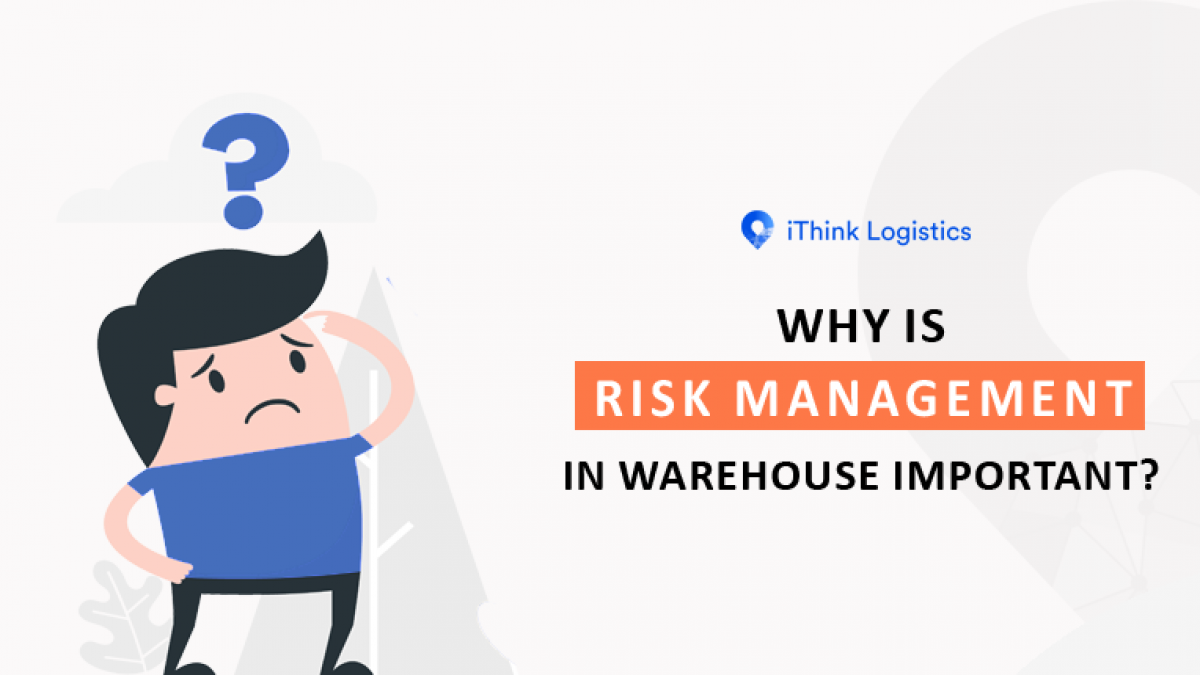The Increasing Importance of Risk Management in Medical and Safety
The Increasing Importance of Risk Management in Medical and Safety
Blog Article
The Relevance of Comprehending the Value of Risk Management in Numerous Industries

The Core Concept of Risk Management and Its Function
Risk Management, the cornerstone of lots of sectors, rests on the identification, evaluation, and mitigation of uncertainties in a business environment. It is an integral practice that enables organizations to secure their properties, reputation, and general survival. By properly recognizing potential risks, companies can establish approaches to either prevent these threats from taking place or minimize their impact. The examination procedure includes examining the possibility and potential seriousness of these threats. The mitigation process entails designing methods to minimize their prospective impact as soon as threats have been determined and evaluated. This procedure is intermittent and recurring, guaranteeing that services are planned for the ever-changing nature of Risk in various sectors. The key objective, therefore, is to promote strength amidst unpredictabilities.
Benefits of Implementing Risk Management in Business Operations
Unveiling the Function of Risk Management in Different Industries
While every sector confronts its one-of-a-kind set of risks, the execution of Risk Management strategies remains a common measure in their quest of sustainability and development. In the healthcare field, Risk Management entails making sure patient security and information defense, while in finance, it includes mitigating financial investment threats and guaranteeing regulative compliance (importance of risk management). Building and construction firms concentrate on employee security, task hold-ups, and spending plan overruns. In the innovation sector, companies reduce cybersecurity hazards and modern technology obsolescence. Ultimately, the function of Risk Management across sectors is to identify, analyze, and alleviate risks. It is an important component of tactical planning, allowing organizations to secure their properties, make best use of opportunities, and accomplish their goals.
Real-life Study Demonstrating Effective Risk Management
To understand the relevance of Risk Management in these several markets, one can look to a number of real-life instances that illustrate the successful application of these actions. Toyota, post the why not check here 2011 quake in Japan, revised its supply chain Management to lessen disturbance risks. These situations show just how sectors, learning from crises, properly used Risk Management techniques to minimize future threats.
Future Fads and Growths in Risk Management Techniques
As the globe remains to advance, so too do the trends and check over here developments in Risk Management approaches. Rapid improvements in modern technology and information analytics are improving the Risk landscape. Large information and AI are now crucial in anticipating and alleviating dangers. Organizations are leveraging these devices to develop predictive designs and make data-driven decisions. Cybersecurity, once a peripheral concern, has catapulted to the center of Risk Management, with approaches concentrating on action, prevention, and discovery. The integration of ESG (Environmental, Social, Governance) factors into Risk Management is an additional growing trend, mirroring the raising acknowledgment of the function that environmental and social threats play in organization sustainability. Hence, the future of Risk Management depends on the fusion of sophisticated innovation, cutting-edge techniques, and an all natural technique.
Conclusion
In conclusion, comprehending the value of Risk Management across a spectrum of sectors is vital for their long life and success. Ultimately, successful Risk Management contributes to extra durable and lasting businesses, highlighting the significance of this method in today's vibrant and extremely affordable business setting.
While every market challenges its special collection of threats, the execution of Risk Management methods stays an usual denominator in their quest of sustainability and development. In the health care industry, Risk Management requires ensuring client safety and security and data defense, while in financing, it involves mitigating financial investment dangers and guaranteeing regulatory conformity. Inevitably, the function of Risk Management across sectors is to recognize, analyze, and minimize dangers. These situations demonstrate exactly how sectors, finding out from crises, successfully used Risk Management approaches to minimize future threats.

Report this page